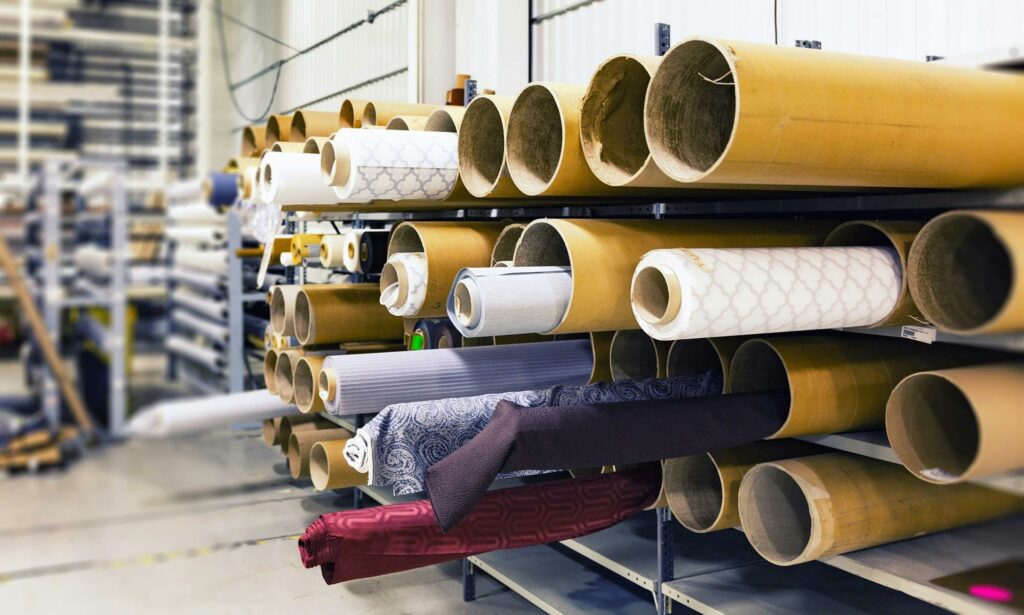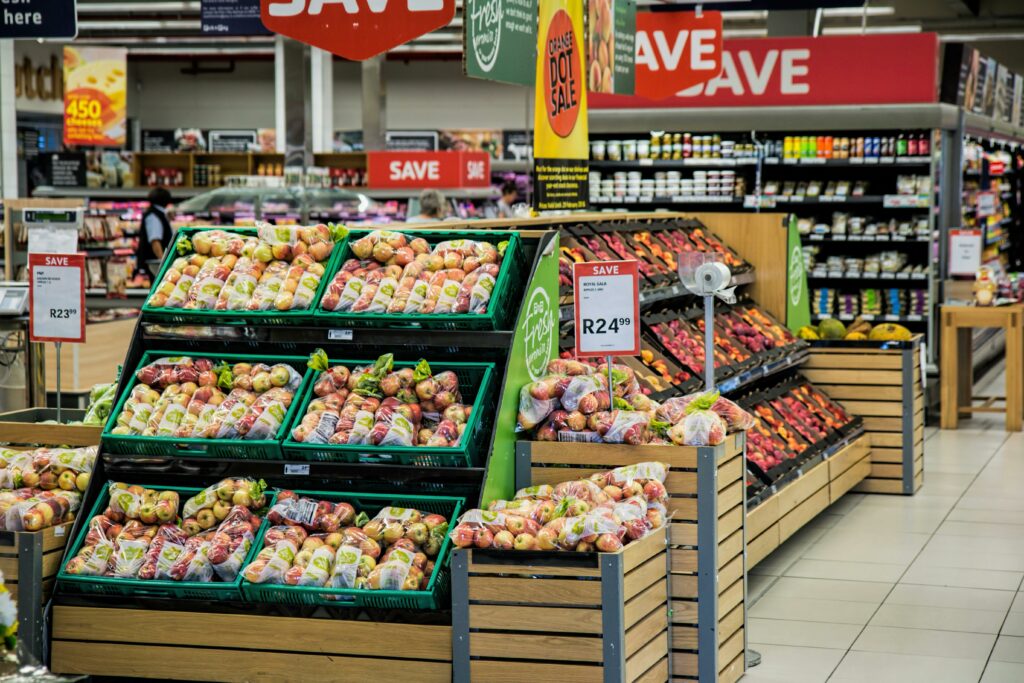The digital transformation of the world hasn’t just changed the market for B2C companies, it’s opened new doors for B2B brands too. Increasingly, business buyers are looking to the online world for a more reliable way to access the resources they need.
The era of the B2B eCommerce landscape is thriving, and textile companies are in an excellent opportunity to take advantage. Not only are we living in an environment where 75% of B2B business decision-makers prefer to purchase products online, but we’re also approaching a post-pandemic environment, where new sales opportunities are arising with B2B customers at a rapid scale.
Could it be time to make the shift from B2C to B2B?
The B2B Opportunity is Bigger than Ever
In the last couple of years, the impact of the global pandemic has significantly influenced textile companies, making it notoriously difficult to reach consumers in a B2C environment. With stores shutting down and social distancing guidelines in place, customers haven’t had the opportunity to shop for clothes and try on items as they did before.
Production of textiles fell by 26.9% in April-June 2020, compared to the same period in 2019, and comers began to look at everything from bedding to clothing, and home accessories as luxuries, rather than essential purchases. Yet as negative as the impact of the pandemic was from a B2C perspective – it also opened up new opportunities in a B2B environment.
In the EU, imports of textile products saw a 154.2% increase, as healthcare groups and companies rapidly purchased PPE and other essential textiles. On top of the new opportunities offered by the pandemic, B2B textile sellers have a range of pre-existing sales avenues to tap into. Business leaders can make a profit upcycling old materials and submitting it back into the economy.
Manufacturers can significantly increase their average order size by selling bulk material orders to companies from almost any industry, from hospitality and healthcare to fashion. All the while, new channels are appearing to facilitate rapid and efficient B2B sales in a digital environment.
Making the Transition to the B2B World
For years, many textiles companies have struggled to make the transition into the B2B environment, because they believe such a shift would require expensive investments, complicated partnership networks, and extensive paperwork. However, the reality is that eCommerce tools and B2B marketplaces allow companies to move from B2C to B2B environments with minimal risk.
While there are challenges to consider in a B2B space, like adjusting your marketing to suit a new audience, and ensuring you can respond to changing order volumes, the B2B environment also offers endless new opportunities, such as:
- Future-proof sales avenues: Even in an environment where consumers might not be able to buy textiles directly, other companies will still need constant access to materials. Selling directly to other brands means you can prepare for business continuity and ensure you’re making a constant income.
- Higher order volumes: Companies buy textiles in bulk, allowing you to ship larger order volumes, and make bigger transactions with every purchase. Many companies even find working in the B2B sector easier than selling in a B2C environment, because there are fewer individual transactions to keep track of.
- New industry opportunities: Each industry or sector has its own demands when it comes to materials. Producing certain kinds of textiles, such as PPE solutions, or products for hospital environments, opens the door to specialist sales within a specific industry.
How to Simplify the Shift to B2B Sales
B2B e-commerce is becoming an increasingly compelling solution in the textile world, offering new and resilient sales opportunities to businesses looking for a new future post-pandemic. However, there are still challenges to overcome before many businesses will be able to take full advantage of this new world. The first, and most significant decision for many companies to make, will be how they’re going to bring their products to a new B2B market.
The option most likely to drive the best results for your company will depend on your goals as a textile brand. However, many organisations are quickly discovering that B2B marketplaces could be the trillion-dollar opportunity they’ve been waiting for. Indeed, The B2B and B2C marketplace landscape is set to reach a value of around $7.1 trillion by 2023.
With an online marketplace, textile companies can take their investment in B2B eCommerce to the next level, by listing materials from a range of manufactures in one location. There’s even an opportunity to build dedicated marketplaces specifically for the textile needs of different industries.
In the modern B2B environment, the textile company that thrives will be the one capable of offering a simple experience to buyers. Today’s companies are looking for the same straightforward experience when buying as a business as they get when purchasing products as a consumer. The option to choose between multiple solutions in a marketplace-like environment is more compelling than ever. In fact, studies show that 20% of purchasing managers spend more in a marketplace.
Whether you start your journey into B2B textile selling with a simple eCommerce store or decide to leverage a new generation of sales solutions, SouqBox can help. Reach out today to find out how we can help you make the transition into B2B textile sales.













